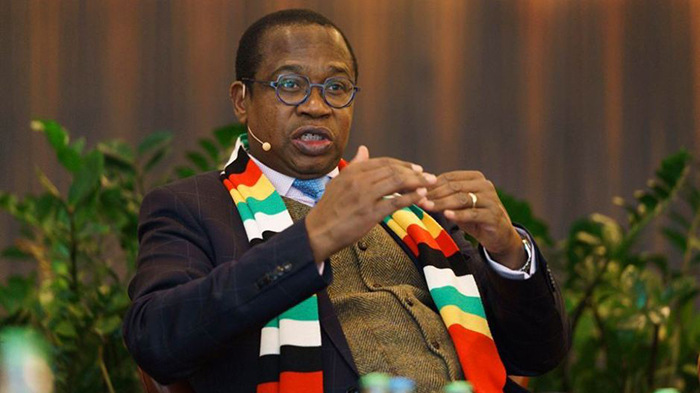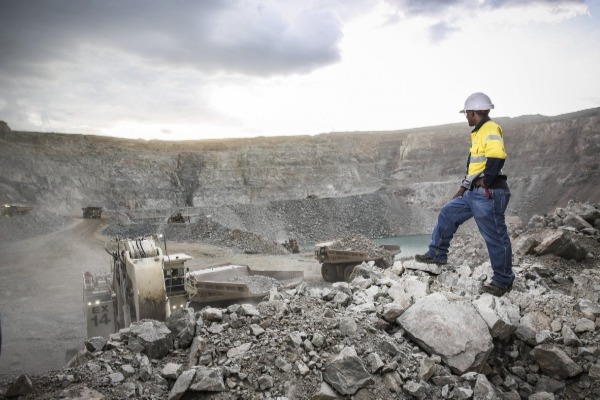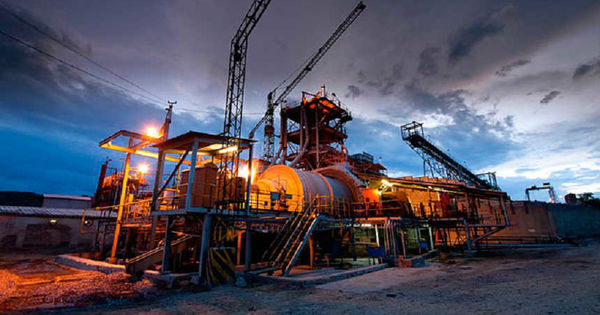‘Nickel demand to prop up global prices
Bindura Nickel Corporation (BNC) company secretary Conrad Mukanganga says the envisaged rise in demand for nickel in the energy storage sector will help prop up global nickel prices in the last quarter of the year.
BNC notes that an anticipated acceleration in Chinese economic growth, due to the implementation of additional stimuli, coupled with more accommodative United States of America’s Monetary Policies, are likely to have a positive impact on prices after September.
In the quarter ended 30 June, nickel prices at the London Metal Exchange (LME) averaged US$21 933 per tonne, one percent higher than the US$21 783 per tonne that had been forecasted for the quarter and 24 percent lower than the US$29 029 per tonne which was achieved in the comparative period in the previous year.
Money – Image taken from Pixabay
The price decline was attributable to a surge in global nickel supply which was outpacing demand, it said.
“Nickel in concentrate sales for the period, at 799 tonnes, were 19 percent lower than the 989 tonnes sold during the same period last year.
“The sales decrease was in line with the decline in production. As a result of the disproportionately high operating costs and low production, the company incurred a loss for the quarter,” said Mukanganga in a trading update for the period April to June 2023.
He said for the quarter ending 30 September, the LME average nickel prices are expected to trend lower due to pessimism over the negative macroeconomic environment and growing nickel supply.
“Prices are expected to be supported further by demand for nickel in the energy storage sector. Nickel prices are thus expected to be subdued in the quarter to September 2023 and to improve during the last quarter of calendar year 2023.”
In the period under review, BNC registered a marginal nickel ore production increase of eight percent of 117 249 tonnes attributable to the introduction of new underground equipment
In the corresponding period last year, the mining house ore production was 108 632 tonnes.
BNC anticipates that a combination of the old, new, and hired mobile equipment will increase the availability of equipment, which will result in an increase in production and revenue and profitability.
However, it notes that the run-of-mine ore was still low due to the deterioration of the sub-vertical rock (SVR) winder bull gear which subsequently resulted in a 70 percent decline in SVR capacity.
“The decline in SVR capacity also constrained development work planned for the quarter as ore hoisting was prioritised over waste hoisting. This consequently caused a delay in the unveiling of planned mining areas,” reads part of the report.-chronicle









